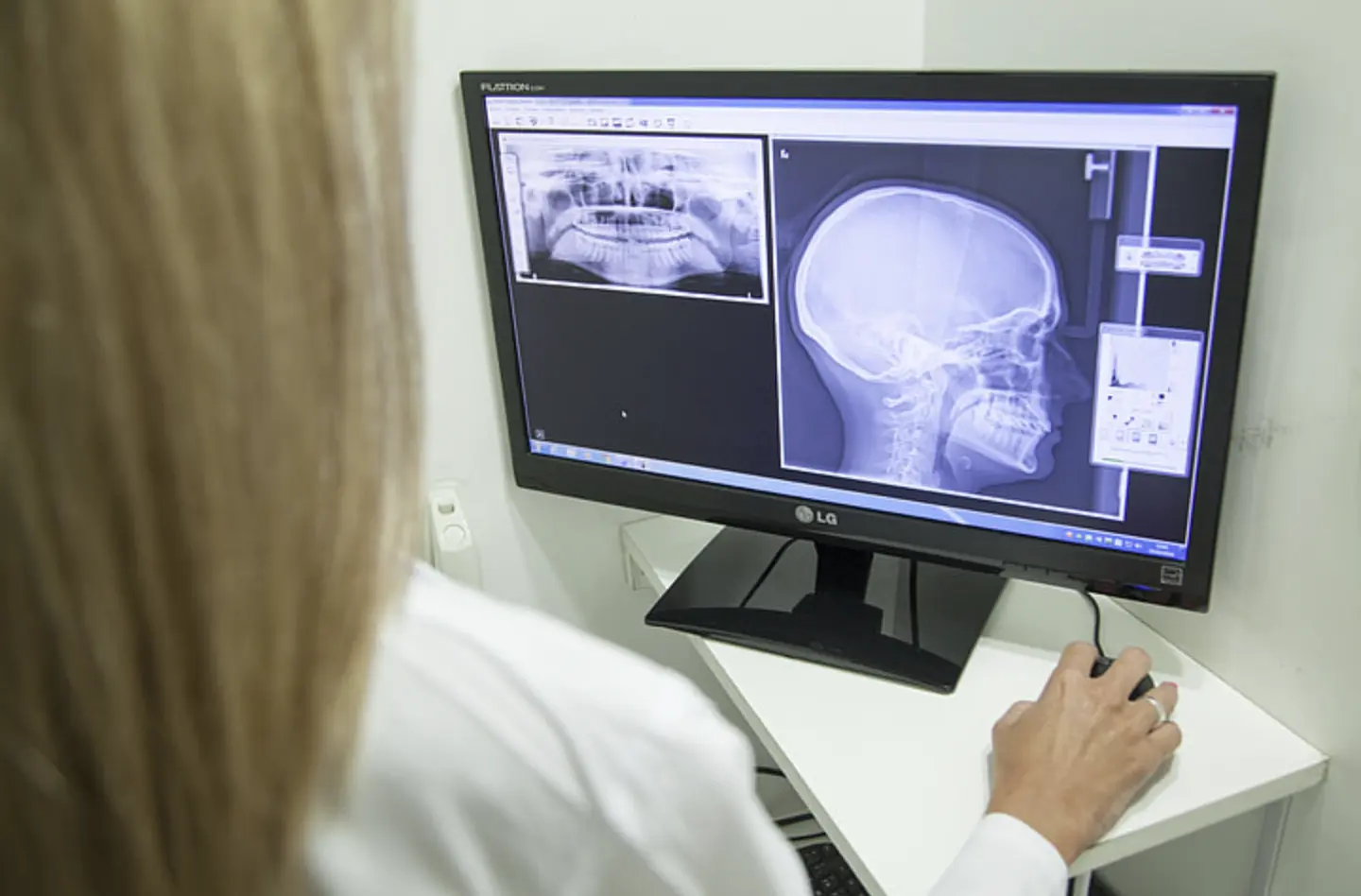
Image from Pickpik
AI Tool Speeds Up Medical Image Analysis
Researchers at MIT have announced on Monday a new AI tool called ScribblePrompt that can speed up the process of analyzing medical images. The tool helps doctors and researchers delineate regions of interest and abnormalities in scans like MRIs and X-rays.
The researchers reported that when tested ScribblePrompt cut down annotation time by 28% compared to competing models.
Traditional methods of analyzing medical images often involve manually tracing anatomical structures, which can be time-consuming. ScribblePrompt is set to automate this process by using AI to segment regions of interest based on user input.
To train ScribblePrompt, the researchers created simulated data by mimicking how users might annotate over 50,000 medical images including MRIs, ultrasounds, and X-rays. This included various body parts like the eyes, brain, and bones.
By using this simulated data, the AI learned how to handle different types of images and tasks. It was then tested on new images it hadn’t seen before, showing that it can generalize well and perform better than other existing methods.
“Many existing methods don’t respond well when users scribble across images because it’s hard to simulate such interactions in training. For ScribblePrompt, we were able to force our model to pay attention to different inputs using our synthetic segmentation tasks,” said Hallee Wong, lead author of the ScribblePrompt research paper.
Additionally, a notable feature of ScribblePrompt is its ability to adjust based on user feedback. For example, if a doctor initially marks a kidney with a box but needs to make changes, they can add more scribbles or use “negative scribbles” to remove parts of the annotation. This flexibility helps ensure that the final marked areas are accurate.
ScribblePrompt represents a significant step forward in using AI to assist doctors and researchers with medical imaging. By making the annotation process faster and more accurate, this tool helps improve both clinical work and research, making it easier for healthcare professionals to analyze and interpret medical scans.
Overall, AI has shown promising potential in medical imaging diagnosis. Recent examples include its application in diagnosing diseases through tongue image analysis, and tracking the progression of Parkinson’s disease.
However, it’s crucial to acknowledge the limitations of these tools. AI systems can be prone to errors or misinterpretations, and there are ethical concerns surrounding patient privacy and the potential for AI to replace human medical professionals.


 Previous Story
Previous Story

 Latest articles
Latest articles 

Leave a Comment
Cancel